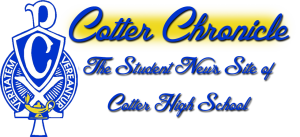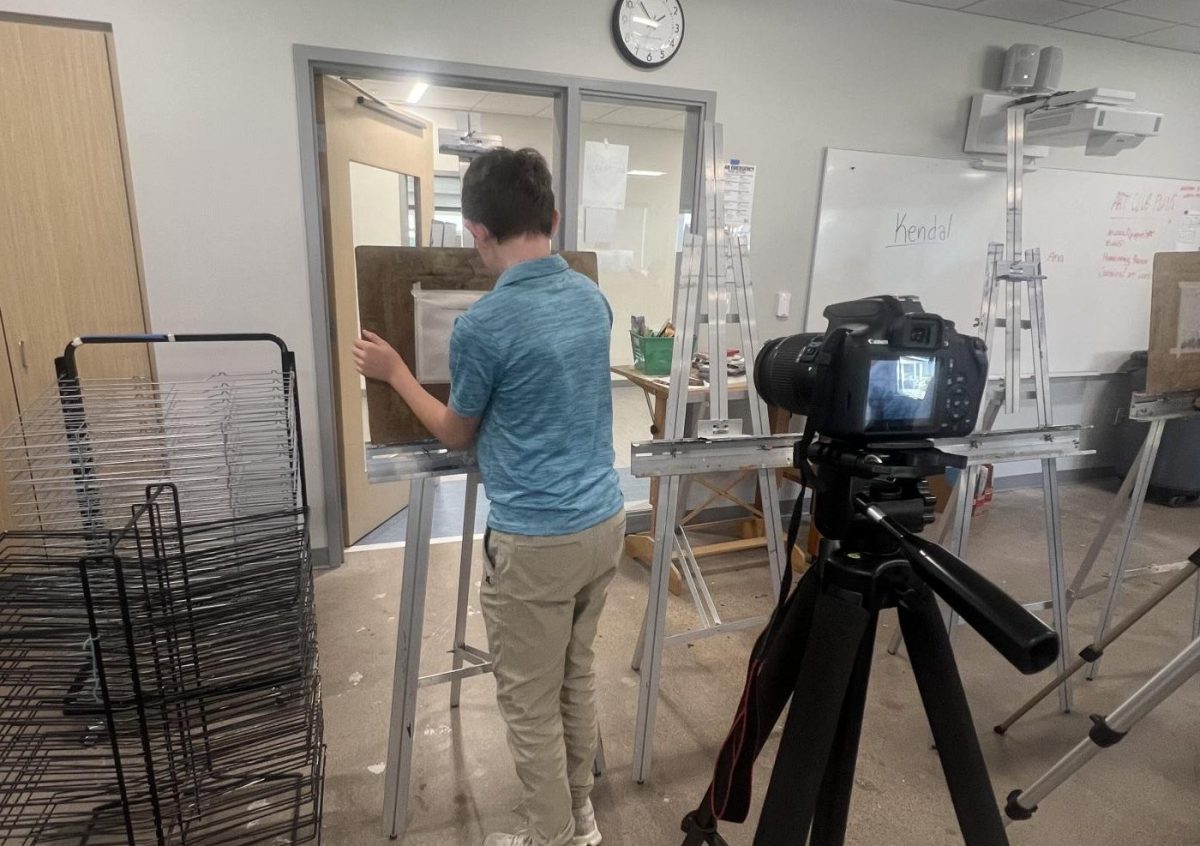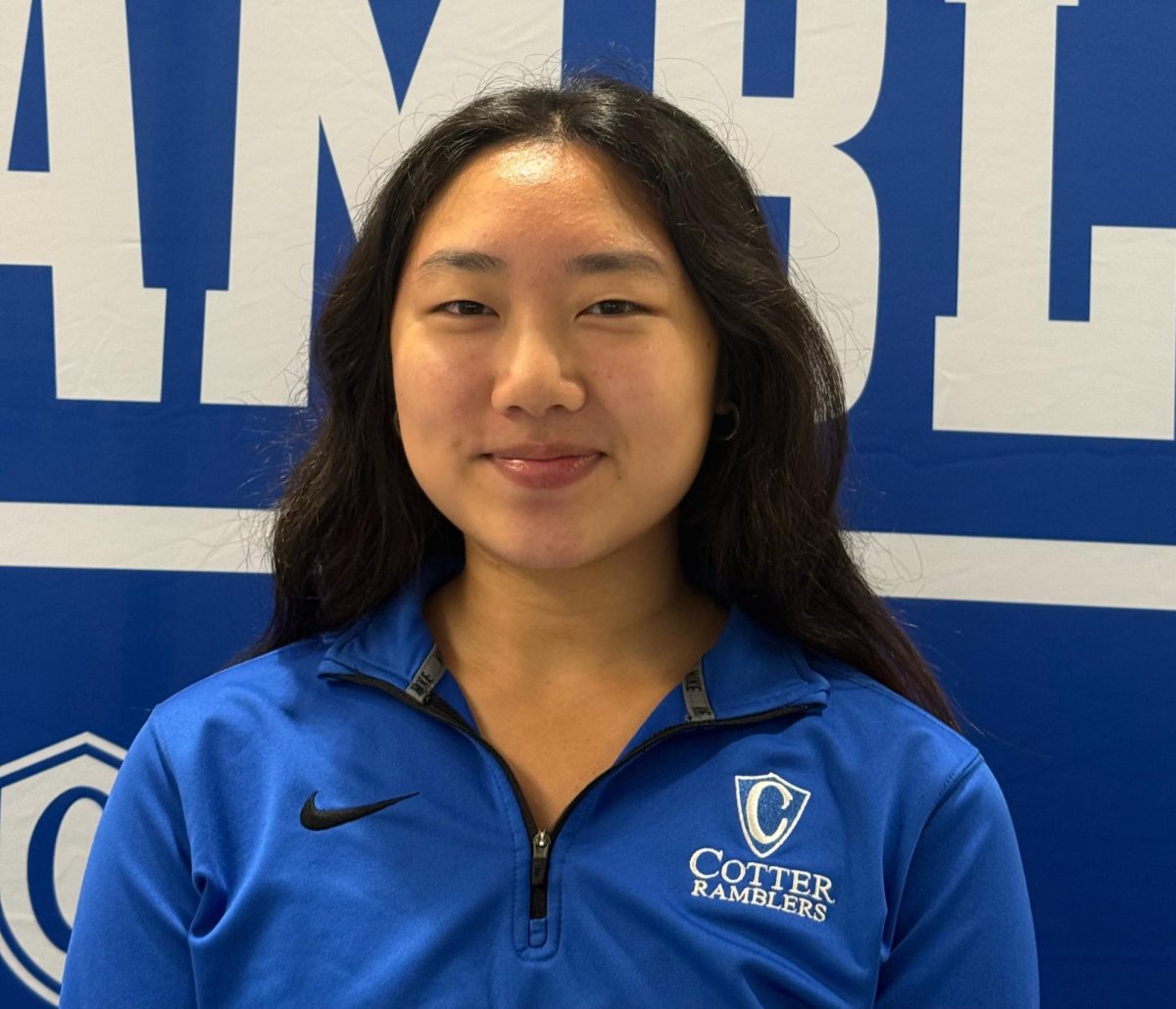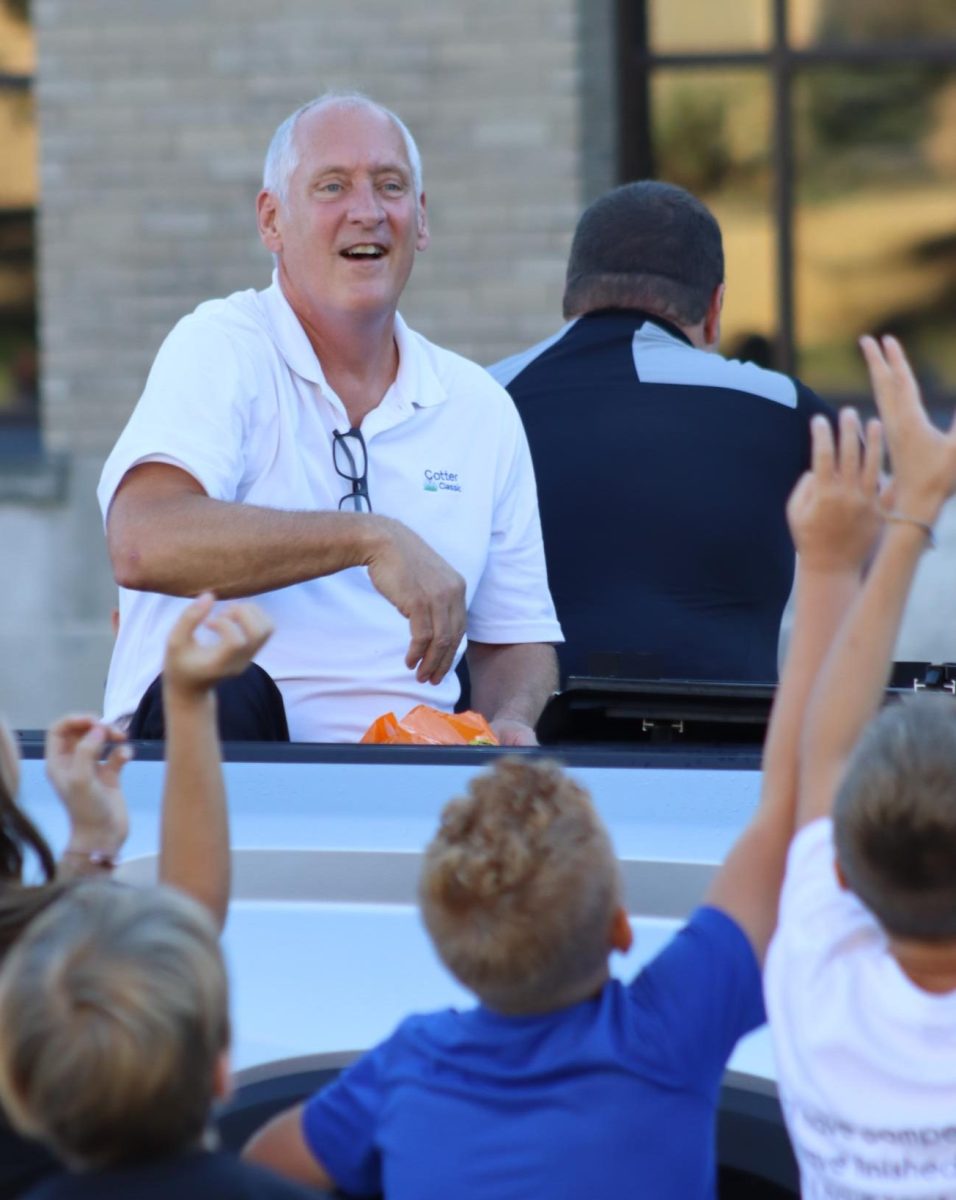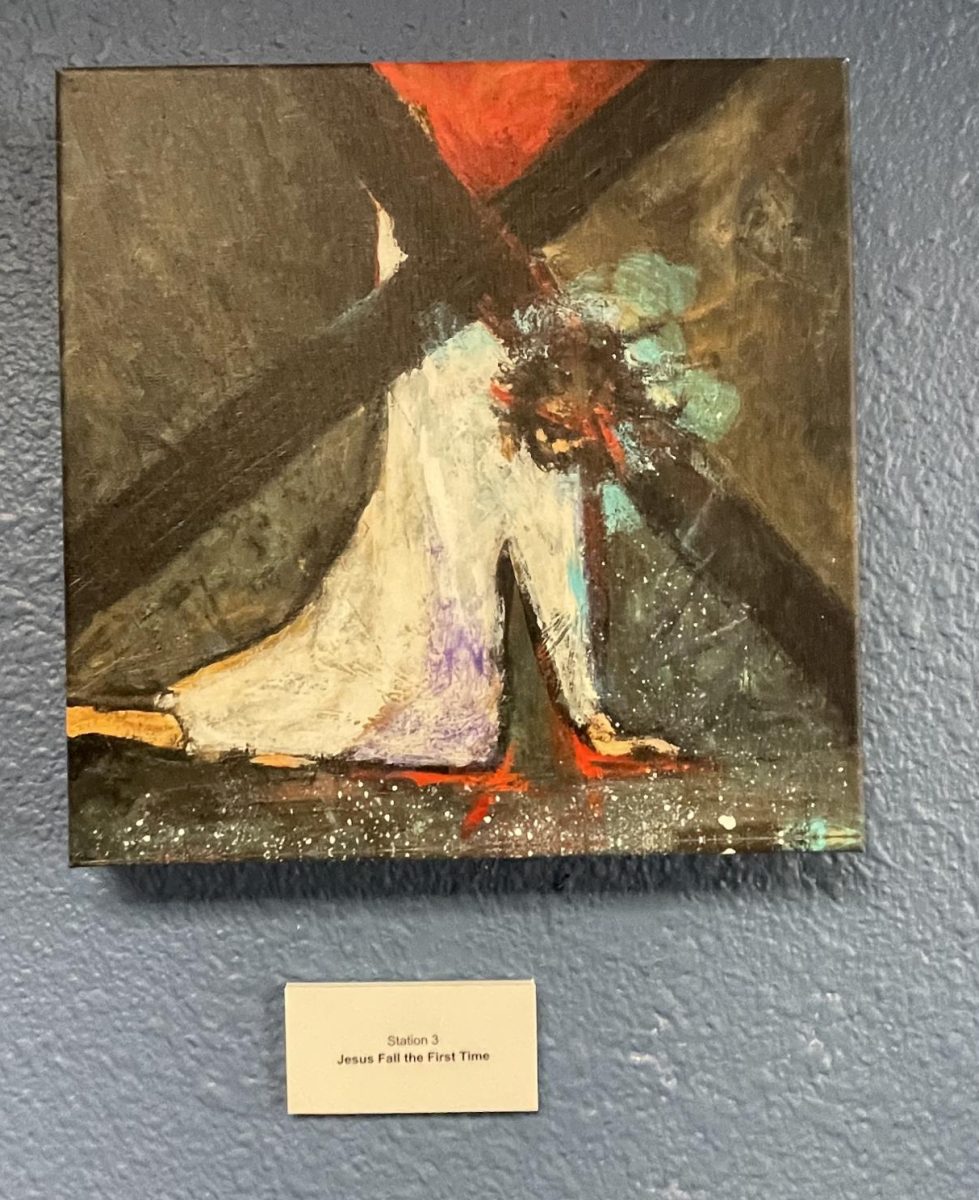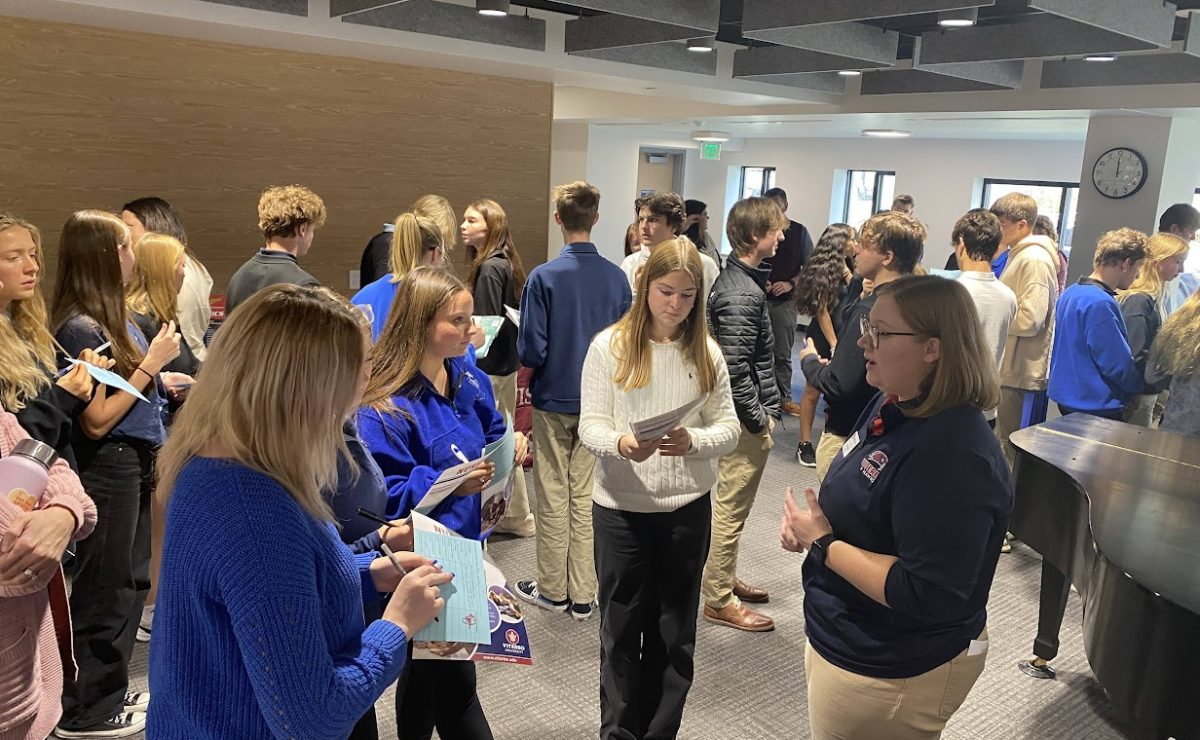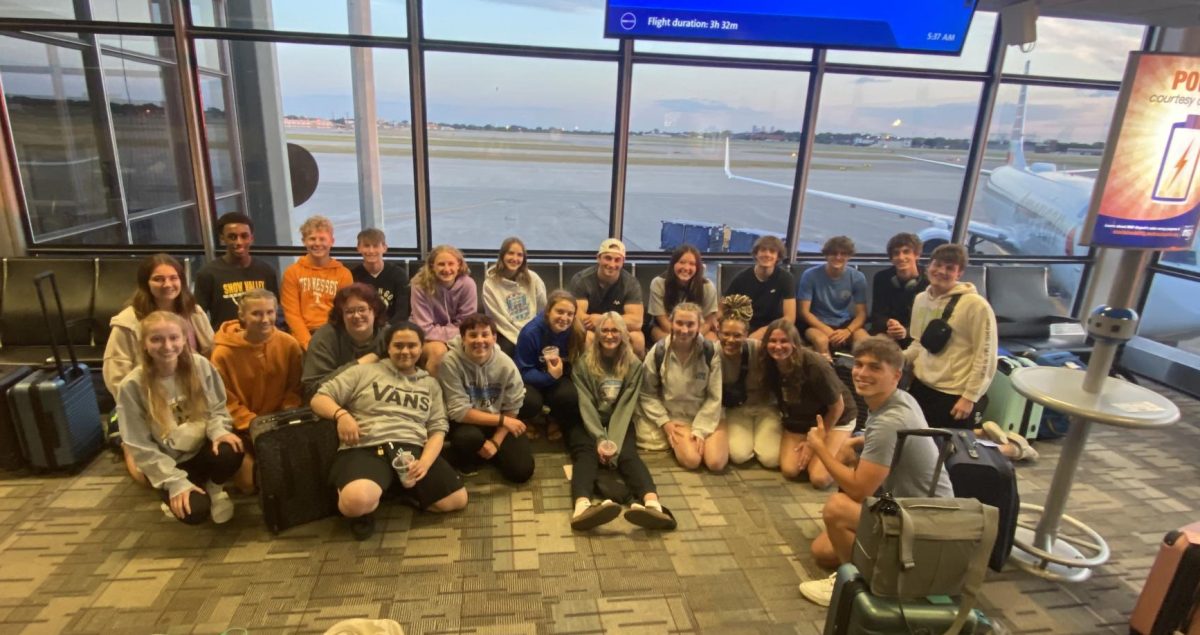Engineering classes, once seen as dull, are being reimagined at Cotter, with lots of real-world projects and students learning to use state of the art machines and tools.
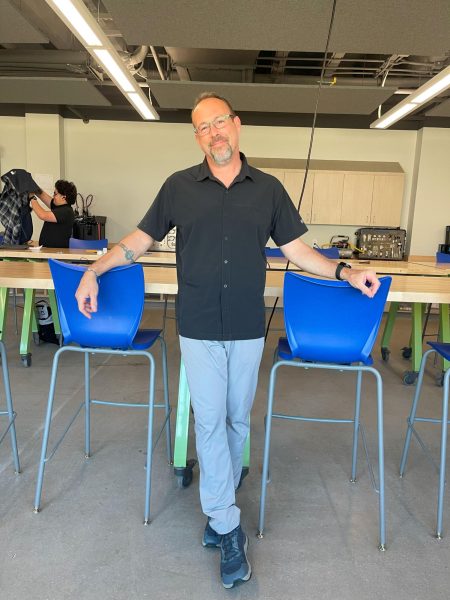
If students do not swiftly adapt to current technological trends, there is a significant chance they will struggle to keep up with society’s rapid pace. In 2023, manufacturing added $2.3 trillion to the U.S. GDP, representing 10.2% of the overall U.S. GDP, based on BEA statistics.
Engineering appears to influence every aspect of our lives. Overall, knowledge in this area is gaining more significance, particularly for contemporary society, where the job market keeps getting more competitive.
For the importance of helping students prepare a good base for their future, education is starting to reform. At Cotter, Mr. Paulsen’s engineering class is no longer merely book learning or just about connecting wires and circuits. It’s a miniature laboratory where students work directly with advanced tools like robots, pneumatic and hydraulic systems, AC/DC circuits, 3D printers, and much more.
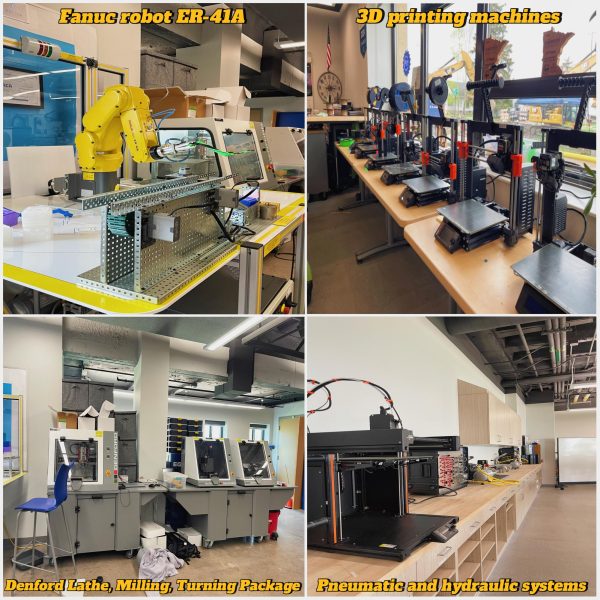
Thanks to this new change of modern equipment, Mr. Paulsen has reshaped his lessons to reflect the spirit of the era. These changes break the outdated image of engineering as a boring, technical theory only or just a place to “sit and bury your head in computers” being replaced with something more vibrant. Here, technology is not just a tool, it’s a “bridge” to creativity.
The ties between ideas and reality seem to be brought closer together with these modern facilities that we do not have the opportunity to experience everywhere. The most evidence for this statement is the real student experiences.
Manh Nguyen, an international student who experienced the education of both countries, had this to say. “I used to take some engineering classes in Vietnam, my hometown. However, these courses were much more different than those at Cotter. It can be considered as my ‘first time’ studying engineering.”
He shared an interesting “journey” he got from this class. By joining this class, he made more friends and showed his strengths through group projects. Such as designing robots to fight each other, he figured out the operating principle of it and modified it with his group to increase its practicality. Moreover, he enjoys the “figure it out” learning method of Mr. Paulsen, because he can discover the solution to the lesson himself instead of following the theory. He also shared that not only did he gain more knowledge about engineering, he also gained a more comprehensive perspective of this profession in practice.
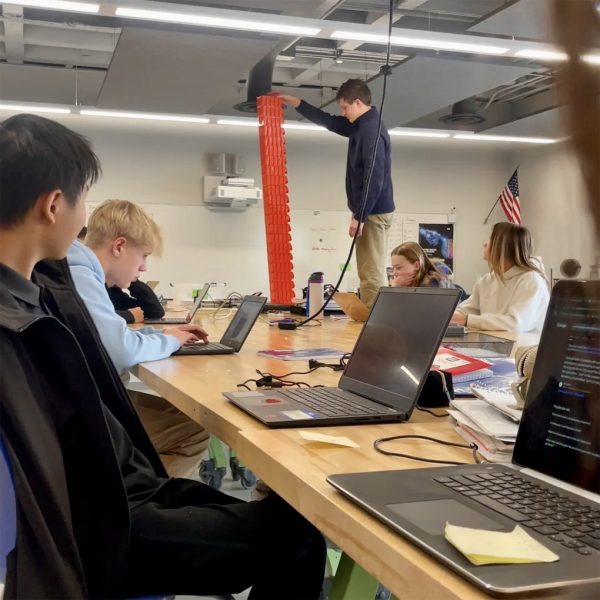
This is a most authentic testament to the attraction of this course for not only students who are passionate about electronics technology and related fields, but also other students have discovered a new passion and curiosity for engineering. Thanks to Cotter’s hands-on approach to learning.
These engineering lessons place strong emphasis on practical value. Student collaboration is encouraged and developed through group projects that spark creativity and curiosity. Learners are free to share and implement their ideas. Classes like robotics combine education and fun, offering a modern, relatable experience that many students enjoy.
Engineering 1 provides opportunities for real-world experiences, such as field trips to Fastenal, giving students valuable insight and supporting career exploration. The lessons focus on real-life applications rather than being limited to textbook theory.
In the Engineering class, students don’t just learn theory — they get hands-on experience operating machines and exploring how important technologies work in our daily lives. They are encouraged to discover their hidden potential and find excitement in machines that may seem dull at first, but become fascinating when explored in depth. These opportunities come at this crucial time of discovering personal strengths and choosing the right career path.
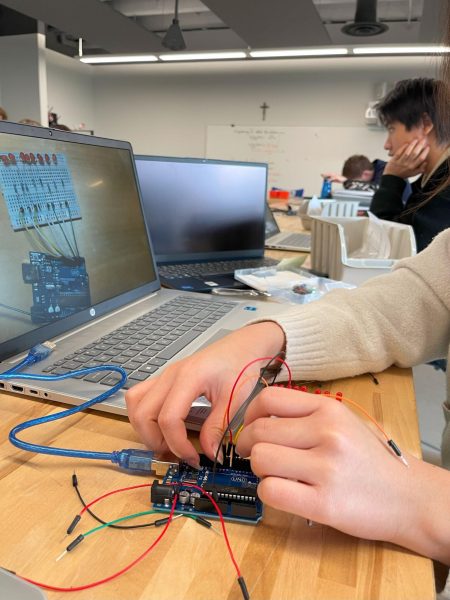
From the perspective of the Engineering teacher, Mr. Paulsen, the classroom has become a more vibrant and engaging space. This energy has even spread to other classes, like Mr. Marsolek’s, where both teachers collaborate on 3D printing projects that add a fresh, personal touch to the learning experience. The connection between different class subjects helps create a dynamic and modern learning environment that reflects the changing times.
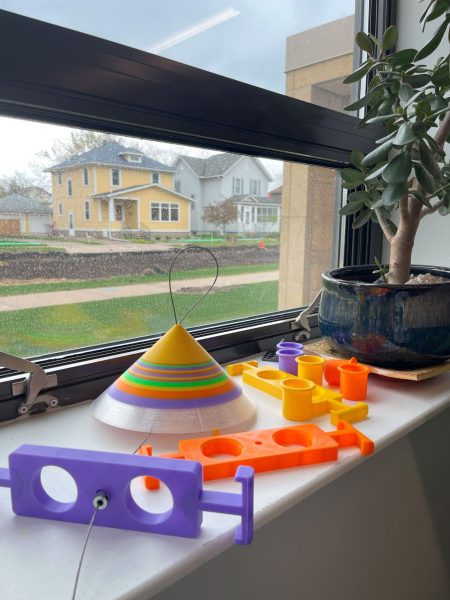

When working with modern machines, both students and teachers learn and explore. The relationship evolves beyond just teacher and student, they become collaborators, exploring, repairing, and creating together. With tools like 3D printers, they co-create products, troubleshoot issues, and enhance their projects side by side. These experiences not only bring aesthetic value but also spark students’ curiosity, making them more engaged and focused during lessons. This collaborative environment also allows teachers to present lessons in a more dynamic and objective way.
Mr. Paulsen, who has taught at Cotter for 9 years, hopes that his lessons can help students feel self-directed, motivating, and relevant.
“It is up to the student to work and learn, and it is up to the teacher to prepare and maintain the equipment and to model learning and curiosity,” he said. Thanks to these modern machines, he can more easily realize his wishes.
In April, 2025, Gavin Slavey, Ifraz Mohmed, Will Stier, Conner Waldera, Emmit Kappmeyer and Brody Brown spent months designing and building an intricate Rube Goldberg machine and documented their progress in a detailed technical journal, successfully winning Reserve Champion, 3rd Place – Innovation Round, Most Creative Use of Materials awards, at the Engineering Machine Design Challenge in Waukesha, WI, in recognition of their months of hard work.
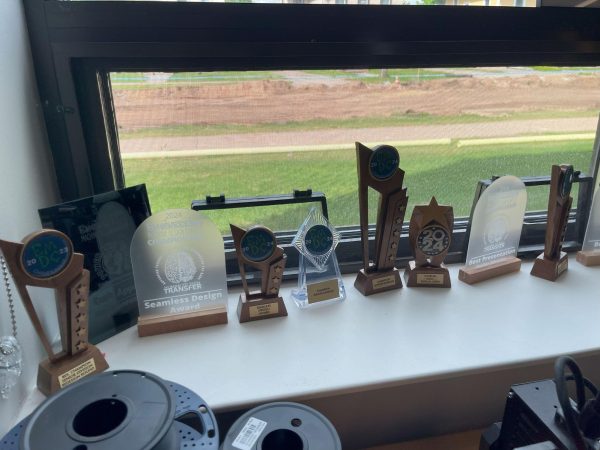
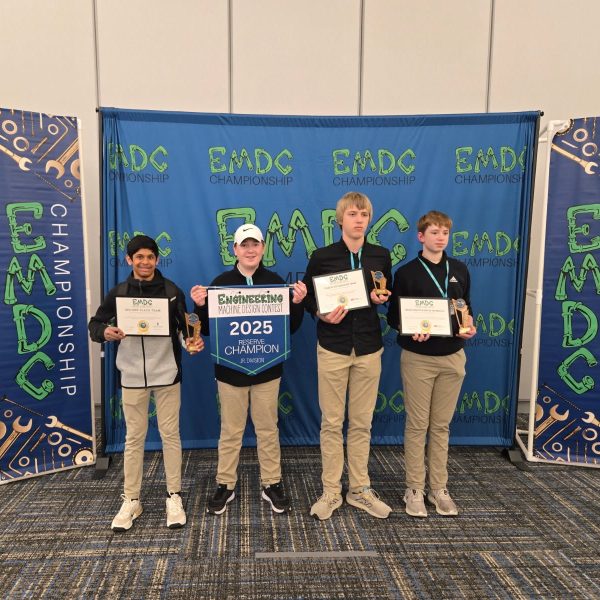
(Cotter school )
“I get so excited when I hear or see a student say “Ohhh, so that’s how it works!” If the technologies produce that in a student, it is a worthwhile tool for learning,” Mr. Paulsen said.
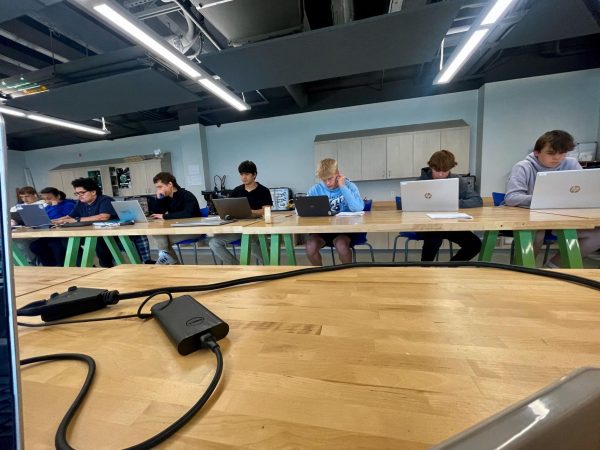
Facing major changes always brings challenges such as tight schedules, unfamiliar tools, or technical glitches often slow progress. Sometimes, both students and teachers must sprint together to stay on track. But the rewards far outweigh the hurdles. At Cotter, students don’t just learn to use technology, they learn to understand it, adapt to it, and brick by brick, they are building their own future.
Combining modern machines and technologies into the classroom isn’t just about putting in some machines, it’s about understanding the digital world, adapting to change, and learning to create value. Engineering has become more than a class. It’s a gateway to the future where students learn to think, do, and innovate.

